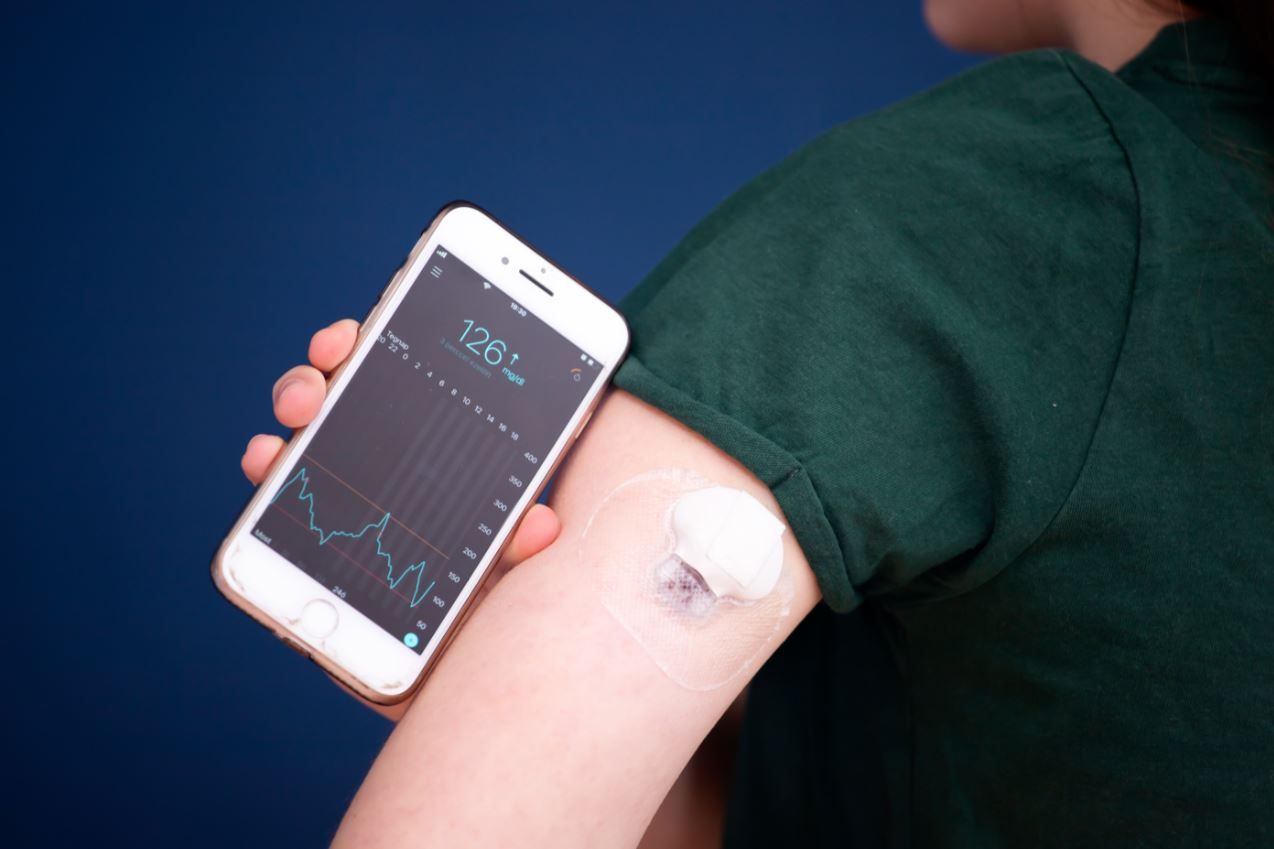- Clinical Technology
- Adult Immunization
- Hepatology
- Pediatric Immunization
- Screening
- Psychiatry
- Allergy
- Women's Health
- Cardiology
- Pediatrics
- Dermatology
- Endocrinology
- Pain Management
- Gastroenterology
- Infectious Disease
- Obesity Medicine
- Rheumatology
- Nephrology
- Neurology
- Pulmonology
Continuous Glucose Monitoring Linked to Better Glycemic Control, Reduced Hospitalizations in Study of Veterans Health Administration Data
ADA 2022: Large national study found that CGM use had a positive effect on glycemic control and acute complications in T2D in the Veterans Health Administration.
©erkia8213/AdobeStock

Continuous glucose monitoring (CGM) use had a positive effect on glycemic control and acute complications in type 2 diabetes (T2D) in the Veterans Health Administration (VHA), according to a large national study presented at the 82nd Scientific Sessions of the American Diabetes Association (ADA) in New Orleans, LA.
The use of CGM in T2D management is increasing, but little is known regarding its effects on glucose management in the VHA. To understand further, researchers identified new CGM users (new CGM sensor prescriptions for T2D on insulin) and non-users (T2D receiving glucose strips) between 2015 and 2020 and used US VHA health care data from visit encounters to compare change in glucose control and new emergency room (ER) or hospital admissions over 12 months.
Changes in HbA1c and acute admissions were compared by linear mixed models and generalized linear models, respectively, according to the study abstract.
A total of 36 082 non-users and 16 013 CGM users were included in the study. Compared with non-users, investigators observed that CGM users differed in several ways, “but were well-balanced with overlap weighting from propensity score modeling,” they wrote. Persons who used CGM had a greater reduction in HbA1c over 12 months (-0.25%; 95% confidence interval [CI], -0.21-0.29; p<.0001) and a decline in hypoglycemia-related ER visits/hospitalizations (odds ratio [OR], 0.78; 95% CI, 0.62-0.97).
Results showed that among CGM users, those aged <65 years or with an initial HbA1c level more than the median of 8.4% had greater reductions in HbA1c, whereas individuals at higher hypoglycemia risk experienced reduced hypoglycemia and hyperglycemia-related ER visits/hospitalizations and all-cause hospitalizations.
“In this large national study in T2D, CGM initiation was linked with better glucose control and reduced ER and/or hospital admissions for hypoglycemia and showed even greater benefits in subsets of CGM users,” concluded researchers.
Reference: Reavan P, Newell M, Rivas S, et al. Impact of continuous glucose monitoring (CGM) on glycemic control and acute complications in type 2 diabetes (T2D) in the Veterans Health Administration (VHA). Diabetes. Published online June 1, 2022. DOI: 10.2337/db22-1138-P.
